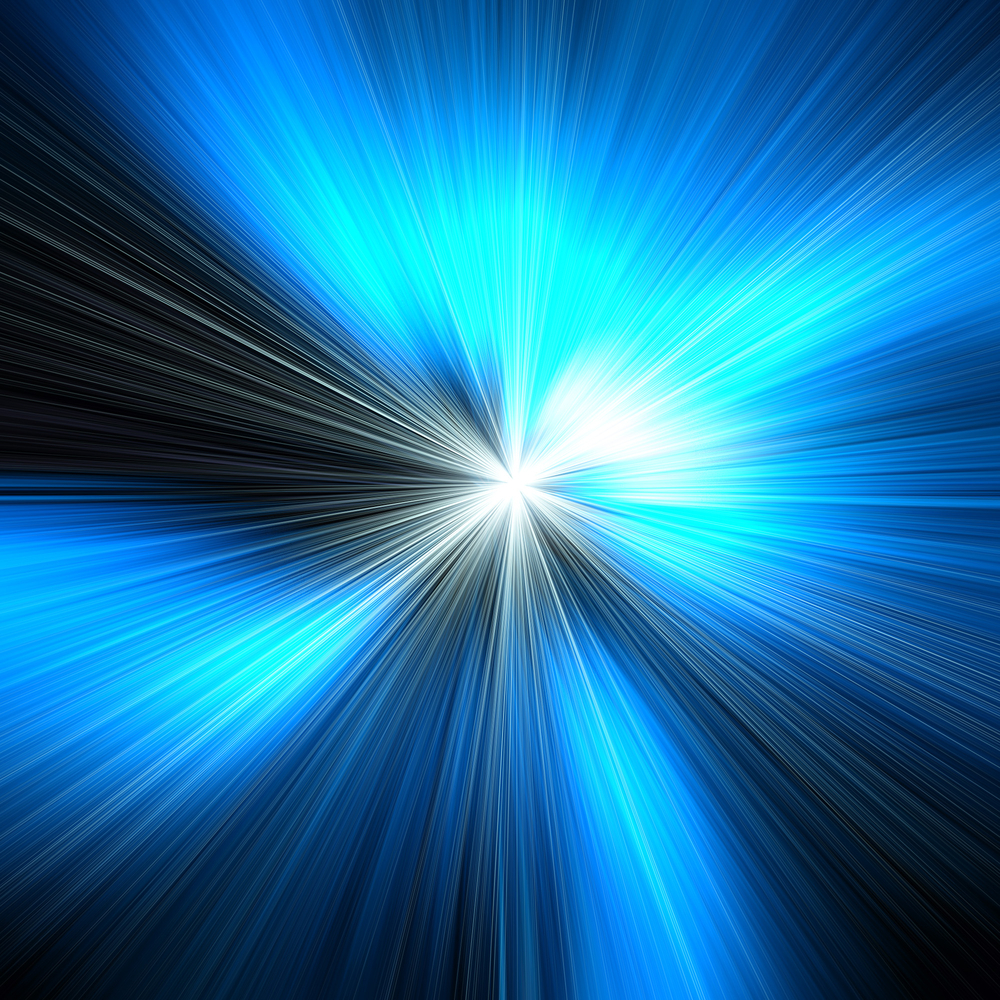A neutrino beam from one of CERN’s laboratories in Geneva, Switzerland, seemed to travel 0.0025 per cent faster through earth than the speed of light in a vacuum. Its final destination was the remote INFN Gran Sasso lab in Italy, 730 kilometres (454 miles) away from Switzerland. But what does this mean?
Some undisputed pillars of classical physics will completely totter if this experiment is replicated. Einstein’s theories allow the existence of non-detectable particles moving faster than the speed of light. These particles are called tachyons. However, there is no possibility to use these hypothetical subatomic particles as a transport medium for information. Einstein’s maximum information speed is strictly limited to the speed of light. The spectacular aspect of such a detectable neutrino beam would be less the discovery that neutrinos may be actually tachyons, but an information speed above the speed of light barrier. Therefore, the experiment at CERN requires very critical reconsideration.
There are two quite simple explanations for this experimental contradiction to Einstein’s limitation of the speed of light in a vacuum and his postulate that baryonic matter cannot reach this barrier:
1) If the experiment can’t be repeated, there was a yet unknown error in the evaluation method, as neutrinos do hardly interact with matter and, therefore, are extremely difficult to be detected.
2) In case the experiment is repeatable, the simplest explanation would be that the four-dimensional space-time of a vacuum is not purely a geometrical grid as assumed by Einstein, but a peculiar kind of energetic storage medium. The known fact about a medium is that certain particles can actually travel faster than speed of light through this medium, causing usually light phenomena known as Cherenkov Radiation. The Cherenkov Effect is comparable to the sonic boom produced by a supersonic plane. If neutrinos travel exactly at the speed of light, or even above this barrier, they could acquire their extremely small mass by a similar effect, explaining why we do not notice a tremendous relativistic mass increase despite their high relative speed at or very close to speed of light, in contradiction to Einstein’s imaginations and equations for baryonic masses.
How could such a peculiar kind of space-time medium look like?
This riddle gets a first feasible solution if Einstein’s picture of space-time is enriched with quantum mechanical aspects and a rotary element of the well-known effect of the relativity of simultaneity of events; a sort of quantum energy foam appears this way in the vacuum of space. Einstein did not consider any quantization of time and length in his special and general theory of relativity because such a limitation at infinitesimal values was not yet discovered and discussed at that time. Neutrinos where not known either. The very first quantum mechanical aspects entered physics only years later with Heisenberg’s uncertainty principle and Planck’s quantization scale.
Since Einstein’s era we know that simultaneous events for an observer in a spaceship along the ship’s moving axis will change into sequential events for a remaining observer in case of high relative speed because the speed of light is constant for both observers, a phenomenon that explains the so-called relativity of simultaneity of events. In case we limit now, for example, the distance between two simultaneous light flashes at an infinitesimal small minimum value, a remaining observer would read at a certain speed of the spaceship these simultaneous events as sequential events. This has certainly an energetic impact for the remaining observer because Einstein’s space-time grid got this way a kind of energy storage effect along his or her timeline for the second flash. This well-known function of Einstein’s special theory of relativity can be drawn in a two-dimensional graph with simultaneous events captured on an x-length axis and sequential events captured on a y-time-axis.
Changing now simultaneous events into sequential events according to the proven and undisputed formulas of relativistic mechanics and considering this simple quantization scheme at the low limits of space distance and time progress generates quantised rotary elements within the overall picture. This leads to an extended space-time structure with relative dark energy and dark matter storage areas and to a feasible explanation for the strange nature and behaviour of neutrinos, no matter if they finally move exactly at the speed of light, or closely below, or, completely unexpectedly, even slightly above this level.
Henry Frystacki has a Ph.D. in Applied Physics & Engineering and is a member of the Russian Academy of Technical Sciences, Moscow and external board member of the Institute for Gravitation and Cosmos at Penn State University. He has written Einstein’s Ignorance of Dark Energy, available on amazon.com, visit www.frystacki.de








